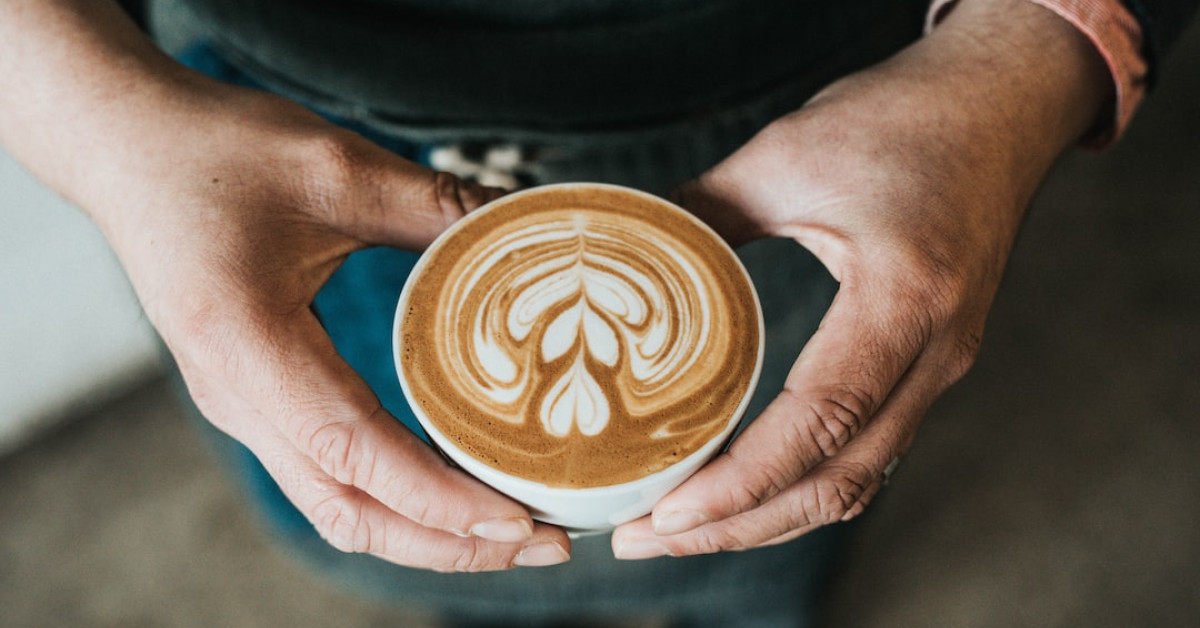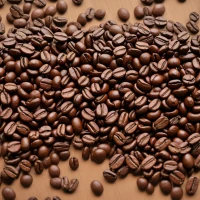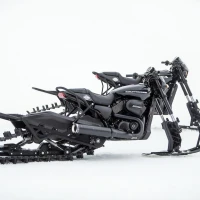Espresso is more than just a beverage; it’s a tapestry of flavor, a ritual for awakening the senses, and a testimony to the art of coffee-making. For coffee aficionados, the quest for the perfect espresso begins with the search for the best coffee beans. Success in pulling a rich and balanced shot lies in the details: aroma, body, acidity, and the delicate interplay of flavors. In this comprehensive guide, we’ll journey through the world of espresso coffee beans, uncovering how to select, appreciate, and brew the quintessential cup that stands out in both quality and taste.
The Essence of Espresso: Optimal Bean Selection
Selecting the right coffee beans for espresso can turn an ordinary morning ritual into a sophisticated, indulgent experience. Here are key considerations to help you make an informed decision.
Origins and Blends: The Geographical Tapestry
Every coffee bean carries the signature of its origin. Beans harvested from different corners of the globe offer dhow much alcohol is in twisted teatinct notes and accents.
- Single-Origin Beans: Known for their specific taste profiles that reflect their unique growing conditions.
- Blended Beans: A fusion of beans from various regions, crafted to create a harmonious balance of flavors.
Arabica beans are renowned for their sweet, fruity notes, and smooth texture, making them an excellent choice for a nuanced espresso. Robusta beans, on the other hand, have a bolder, earthier profile with a creamier crema, often preferred for a more intense espresso experience.
Roast Levels: Painting Flavors with Heat
The roast level of coffee beans is pivotal in defining the taste of your espresso:
- Light Roasts: Highlight the natural acidity and retain more of the original flavors of the bean.
- Medium Roasts: Offer a balance between acidity and body, with a richer flavor profile ideal for espresso.
- Dark Roasts: Provide a fuller body and reduced acidity, often characterized by chocolate or caramel undertones.
For those seeking the classic espresso taste, a medium to dark roast is typically recommended.
Freshness: The Clock is Ticking
The rule of thumb for exquisite espresso is freshness. Always opt for freshly roasted beans, and ensure you’re ushow much caffeine in starbucks frappuccino bottleg them within weeks of roasting to savor the full spectrum of flavors. As coffee beans age, they undergo staling, which can result in a flat and lifeless espresso.
Grinding to Perfection: The Art of Espresso Grind Size
The grind size of your coffee beans is a paramount factor in brewing the ideal espresso. Not too coarse, not too fine—a grind that’s just right is a critical step for a superb extraction.
Why Size Matters
- Too Fine: Can lead to over-extraction, producing a bitter and burnt taste.
- Too Coarse: May cause under-extraction, resulting in a weak and sour espresso.
A consistent, fine grind achieved with a burr grinder can ensure you capture the essence of the coffee, with a smooth texture and a rich crema.
The Importance of Grind Consistency
An uneven grind can yield a shot that’s imbalanced and flawed. A burr grinder, as opposed to a blade grinder, is preferable, as it provides a uniform grind essential for the perfect espresso.
Tips for Grinding
- Use a quality grinder: Invest in a good grinder to produce a consistent grind.
- Adjust according to your machine: Fine-tune the grind size depending on your espresso machine’s performance.
Brewing Basics: Unlocking the Secrets of Espresso Machines
To transform your coffee beans into an enchanting beverage, mastering your espresso machine is key. Understanding how pressure, temperature, and timing interact can elevate your espresso from good to extraordinary.
Machine Types: Pressure Profilers and More
From manual lever machines to sophisticated pressure profilers, the range of espresso machines available can suit any preference:
- Lever Machines: Provide control and a hands-on approach to pressure.
- Semi-Automatic Machines: Balance manual intervention with automated features.
- Fully Automatic Machines: Deliver convenience with programmable settings and consistent results.
Dialing In: The Fine-Tuning Process
Achieving the right balance requires knowing how to dial in your espresso:
- Begin with a standard dosage (usually between 18-20 grams of coffee for a double shot).
- Adjust your grind size to achieve a 25-30 second pour.
- Tweak according to taste, paying attention to body, acidity, and overall flavor profile.
The Water Factor
- Quality: Use filtered water to avoid off-flavors.
- Temperature: Aim for a water temperature between 195°F and 205°F for optimal extraction.
The Ultimate Guide to the Best Coffee Beans for Espresso
Now that we’ve covered the essentials, it’s time to delve into the heart of the matter: the best coffee beans for espresso. Here’s a handpicked list that caters to various palates and preferences.
Top-Tier Single Origins
- Ethiopian Yirgacheffe: Renowned for its floral and fruity complexity.
- Guatemalan Antigua: Offers a full-bodied experience with notes of cocoa and spice.
Exceptional Blends
- Italian Espresso Blends: Known for their boldness and richness, balanced by nutty undertones.
- House Espresso Blends: Often a carefully formulated mix by roasters to highlight the essence of espresso’s robust profile.
Cult Favorites
- Lavazza Super Crema: A velvet-like texture and a sweet, lingering taste.
- Stumptown Hair Bender: A delightful array of savory sweet flavors that combine to form a smooth espresso.
Artisan Finds
- Blue Bottle Espresso: Offers a bright, berry-like essence with a caramel finish.
- Intelligentsia Black Cat Classic: Smooth and voluptuous with chocolatey depth.
From Bean to Cup: The Craft of Espresso Making
Crafting your espresso involves a delicate balancing act between grinder settings, machine parameters, and bean quality. Follow these steps to achieve your personal best coffee for espresso journey:
- Invest in quality, freshly roasted beans.
- Fine-tune your grinder for the perfect grind consistency.
- Preheat your espresso machine to ensure stability.
- Use a precise dose and distribute the coffee evenly in the portafilter.
- Tamp with consistent pressure for an even extraction.
- Monitor your shot time and make adjustments as necessary.
The Role of Tamping
Consistency is Key
Tamping compresses the coffee grounds, creating a flat, even surface for the hot water to pass through. A level tamp is vital to avoid channeling, where water finds the path of least resistance, leading to uneven extraction and a subpar shot.
Savoring the Espresso: The Final Frontier
The moment you’ve been waiting for: tasting the fruits of your labor. Take a moment to appreciate the crema—the golden, creamy layer on top—before diving into the rich, aromatic liquid below.
Describing Flavors: A Coffee Tasting Primer
The Four Main Attributes
- Acidity: Provides brightness and sharpness.
- Body: Describes the weight or heaviness of the espresso on your palate.
- Flavor: The range of tastes from fruity and floral to chocolaty and nutty.
- Aftertaste: The lingering sensations post-sip.
Taking the time to identify these components can enhance your appreciation and understanding of what makes each espresso unique.
Conclusion: Mastering the Art
Finding the best coffee beans for espresso is not just about the beans themselves—it’s about the synergy between bean, machine, and barista. Armed with knowledge, practice, and a passion for coffee, anyone can unlock the full potential of espresso. Remember, the journey matters as much as the destination, and every shot pulled is an opportunity to refine your craft. So, go ahead and immerse yourself in the rich, exciting world of espresso, where every cup is an adventure waiting to happen.










